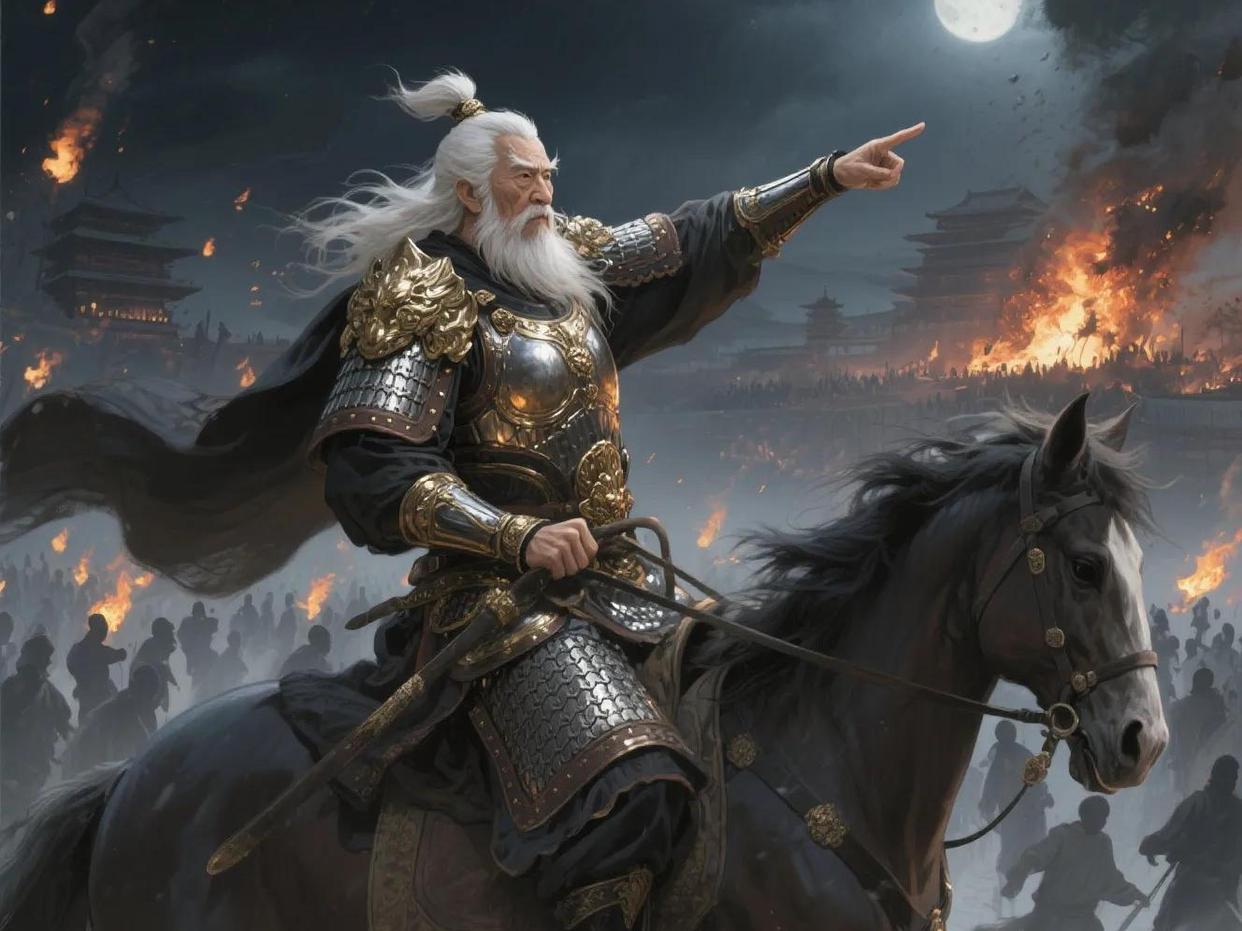Follow the History Encyclopedia editor to explore the real Zhu Di in history.
In March of the 18th year of the Yongle reign of the Ming Dynasty, Emperor Chengzu Zhu Di issued an edict ordering relevant departments to arrest and interrogate all nuns and nuns in Shandong and Beijing. Two months later, Zhu Di issued another edict to arrest and send all nuns and nuns from across the country to the capital, resulting in tens of thousands of people being arrested and interrogated. So, why did Zhu Di go to great lengths to arrest nuns and Taoists across the country?
So this matter is related to a peasant uprising in the Ming Dynasty! The leader of the uprising is named Tang Saier, who is from Putai County, Shandong Province. Don’t be fooled by Tang Saier’s feminine qualities, but she is very talented. According to records, Tang Saier has two special skills since he was young, one of which is “knowing the success or failure of the past”, the other is “being able to fight for people and horses through Paper Cuttings”. Later, Tang Saier married Lin San, and the couple had influential missionary activities.
After Lin San’s death, Tang Saier continued to preach and develop believers in various places, “traveling between Yidu, Zhucheng, Anzhou, Juzhou, Jimo, and Shouguang counties, inciting the ignorant people”. It is said that once Tang Saier discovered a stone box in the mountains, which contained items such as heavenly books and precious swords. From then on, she became proficient in magic and was able to use divine swords. At that time, believers in Shandong revered Tang Saier as the “Mother Buddha”.
According to relevant scholars’ research, Tang Saier may have spread the White Lotus Sect, but some people also believe it was the Ming Sect. In summary, Tang Saier’s power gradually grew stronger, and later he simply occupied the stone gates of Yidu and raised the banner of rebellion against the Ming Dynasty. Some people may find it unbelievable that in the early years of the Ming Dynasty, when the country was prosperous and the people were at peace, how could there be peasant uprisings? Originally, this was related to Zhu Di’s policies.
During Zhu Di’s reign, he constantly used troops against the Mongols in the north, and also spent a lot of material and financial resources to build Beijing city. In addition, natural disasters caused great hardship for the people in Shandong, with starving people everywhere. In this situation, Tang Saier spread the word and distributed food and rice, thus gaining the support of many people. After hearing the news that Tang Saier was occupying the mountain as the king, the government immediately dispatched the commander of Qingzhou Wei, Gao Feng, to lead troops to suppress.
As a result, the entire army of the Ming Dynasty was annihilated, and the main general Gao Feng was killed. After hearing the news, Shandong Sansi quickly sent people to pacify and try to pacify Tang Saier, but the envoy was killed. Afterwards, Zhu Di received a report and immediately sent General Liu Sheng to lead the army in the capital to suppress it. Before the army set out, Zhu Di personally arranged a strategy and demanded that Liu Sheng “cut off his route and prevent him from escaping”. After Liu Sheng arrived in Yidu, he surrounded the mountain stronghold.
Unexpectedly, the rebel army feigned surrender and broke through overnight while the official army was unprepared, even killing Commander Liu Zhong. However, after several battles, the rebel army was still suppressed by the official army. After seeing the memorial from Xiping in Shandong, Zhu Di was not happy and instead punished the officials in Shandong. The governor and inspector were imprisoned and killed, and the main general Liu Sheng was also imprisoned and punished. Although the Tang Saier Uprising was quelled, Tang Saier’s whereabouts are unknown!
Zhu Di was worried that Tang Saier would cut off her hair and become a nun, mingling with nuns and Taoists. Therefore, he issued his first decree, “All nuns and female Taoists in Beijing and Shandong shall be arrested and interrogated in the capital.” Soon after, he issued a decree to arrest nuns and Taoists from all over the country and send them to the capital for interrogation, but he still found nothing. There is also a saying that Tang Saier was caught, but when she was executed, “Sanmu was captured, iron buttons were tied to her feet, and all of Russia was liberated and fled.

